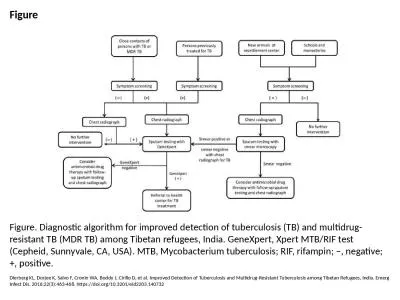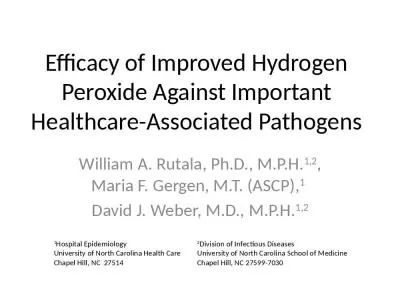PPT-New and Improved VA Algorithms / New SPHM App!
Author : alexa-scheidler | Published Date : 2020-01-09
New and Improved VA Algorithms New SPHM App Marie Martin PhD Kurk A Rogers RN BSN CNOR MBA CDR NC USN RET With information from Mary W Matz MSPH CPE CSPHP Objectives
Presentation Embed Code
Download Presentation
Download Presentation The PPT/PDF document "New and Improved VA Algorithms / New SPH..." is the property of its rightful owner. Permission is granted to download and print the materials on this website for personal, non-commercial use only, and to display it on your personal computer provided you do not modify the materials and that you retain all copyright notices contained in the materials. By downloading content from our website, you accept the terms of this agreement.
New and Improved VA Algorithms / New SPHM App!: Transcript
Download Rules Of Document
"New and Improved VA Algorithms / New SPHM App!"The content belongs to its owner. You may download and print it for personal use, without modification, and keep all copyright notices. By downloading, you agree to these terms.
Related Documents

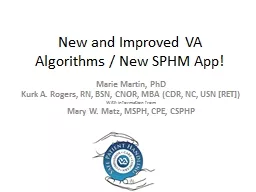

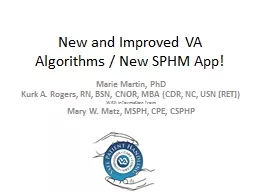




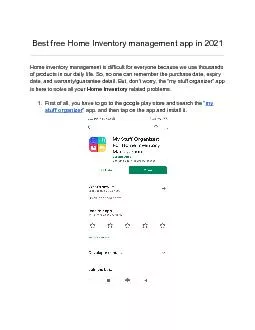
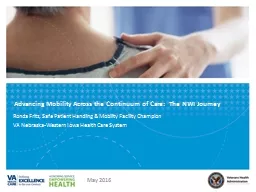

![[READ]-Easy Learning Data Structures & Algorithms ES6+Javascript Classic data structures](https://thumbs.docslides.com/970589/read-easy-learning-data-structures-algorithms-es6-javascript-classic-data-structures-and-algorithms-in-es6-javascript-easy-learning-javascript-and-design-and-data-structures-and-algorithms-book-3.jpg)
